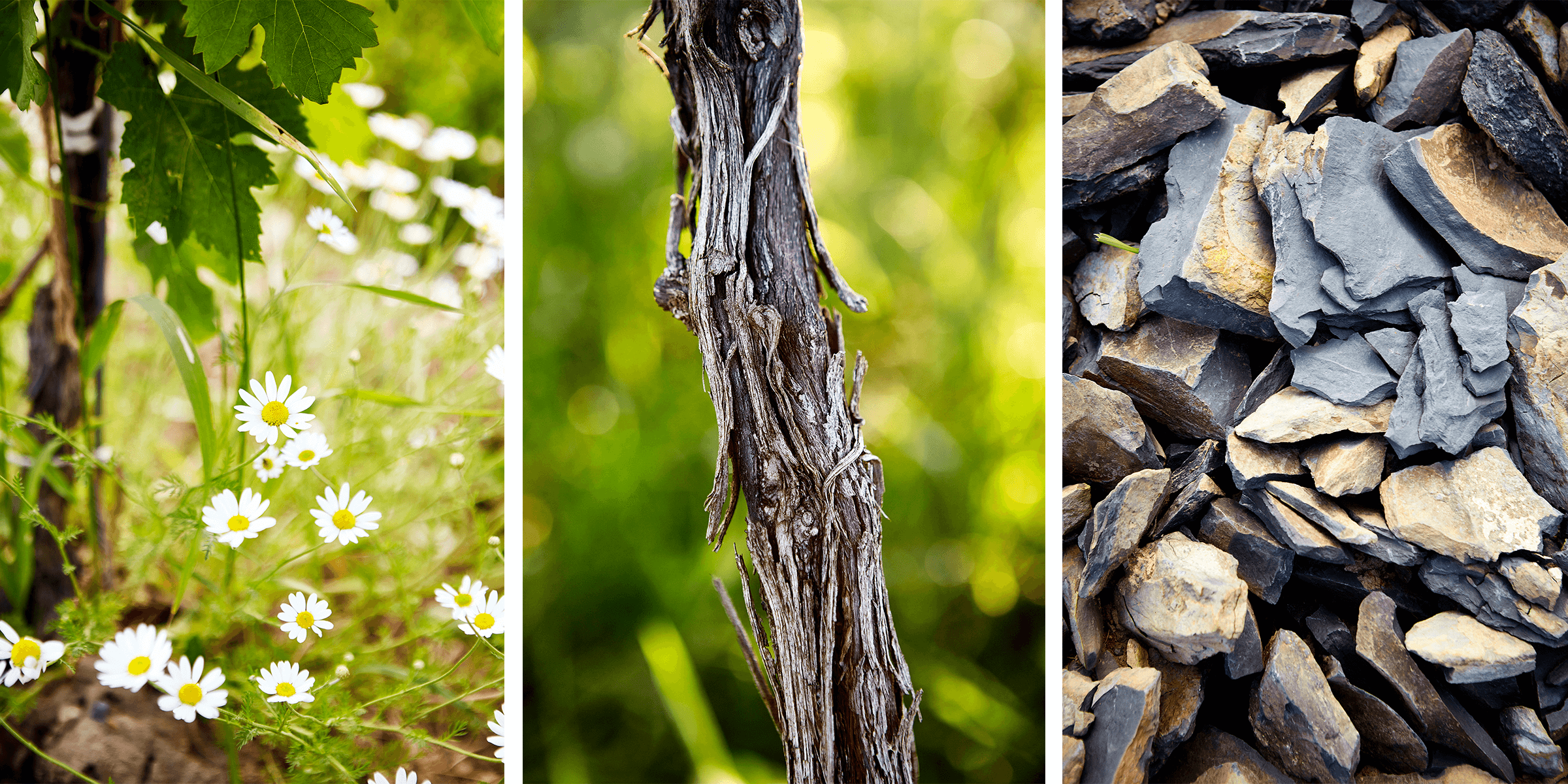At Hermann J. Wiemer Vineyard, we are uniquely situated as a winery, vineyard, and grapevine nursery to explore potentially successful varieties and fast-track a time-consuming process in order to determine the viability of a grape in a wine-growing region. We are able to source vine material to graft specific varieties, plant vineyards, and then work with the fruit in our own cellars to learn about flavor profiles and whether the wines we make with them are distinctive and of merit. Our Julia Vineyard, located 15 miles north of the winery, is an extension of the vine nursery program Hermann started back in 1974 and represents our commitment to innovation in winemaking. We often speak about Hermann’s original planting of Riesling and Chardonnay at the winery property from 1977 & 1978 which remains the cornerstone of our HJW Vineyard site to this day. However, it is important to note that his first plantings actually included dozens of varieties and those that remain are simply the ones that were successful! Plant maps from the 70’s show Müller-Thurgau, Auxerrois, Osteiner, Weissburgunder, and Dornfelder (among others), alongside the Riesling, Chardonnay, and Gewürztraminer that are still present. Today, our Julia Vineyard feeds the nursery with rootstock and plant material and is the home of select heritage vines, clonal selections of classic cultivars, and many long-forgotten varieties. The site plays a vital role in our nursery, vineyard, and winery and is a continuation of the pioneering work that Hermann began many years ago.
One of the most striking aspects is the vast array of varieties planted at the vineyard. For reds, we have Nebbiolo, Schioppettino, Lagrein, Zweigelt, Affenthaler, Mondeuse, Pinot Meunier, Syrah, Blaufränkisch, and Merlot, as well as specific Cabernet Franc and Pinot Noir clones. For white varieties, we have planted Gouias Blanc (a parent of Riesling), Petite Arvine, Furmint, Tauberschwarz, Petit Manseng, Silvaner, Chasselas, Pinot Gris, Pinot Blanc, Rotgipfler, and Roter Veltliner (as well as Riesling and Chardonnay clones). Though some are well known, many are obscure cultivars grown almost exclusively in small, sometimes lesser-known European regions. We have taken the steps to source the budwood material from research entities (like UC Davis in the US, or ENTAV in France), graft them in our grapevine nursery, and plant them in our Julia site. The list of varieties is quite the mouthful (and may require a grape variety encyclopedia!)- and we continue to actively seek out additional cultivars that meet certain criteria indicating their ability to survive in our climate including late budding, cold hardiness, ripening ability, and cluster formation in order to keep the conversation and exploration going.
And so, what about the wines you ask? Isn’t that the whole point? Well, we are glad you asked! Our Julia White Field Blend and Julia Red Field Blend mark the beginning of our winemaking journey with these varieties and represent ever-changing and evolving wines. The composition of each wine will differ from vintage to vintage as we make observations regarding their success and new varieties come into production. These are wines that are fleeting by design but are delicious in their own right. Ultimately, our goal is to determine whether one or many of these grapes might warrant being planted on a larger scale and being the focus of a single varietal bottling or a staple wine in our production. Thus far we have seen a few promising signs and made very small examples of an Affenthaler Dry Rosé, a Schioppettino, and a Petite Arvine after being impressed with their complexity and distinctiveness.
A region like the Finger Lakes is relatively young in the wine world. There are certainly historic vineyards and sites planted with vinifera that are 50 years old (and hybrids and native vineyards that are even older), however, in many established wine regions, they have experienced centuries of grape growing to determine successful varieties and regional identity. We are striving to make our Julia Vineyard and grapevine nursery a crucial part of the Finger Lakes regional story and continue the experimentation and innovation that drive us!


